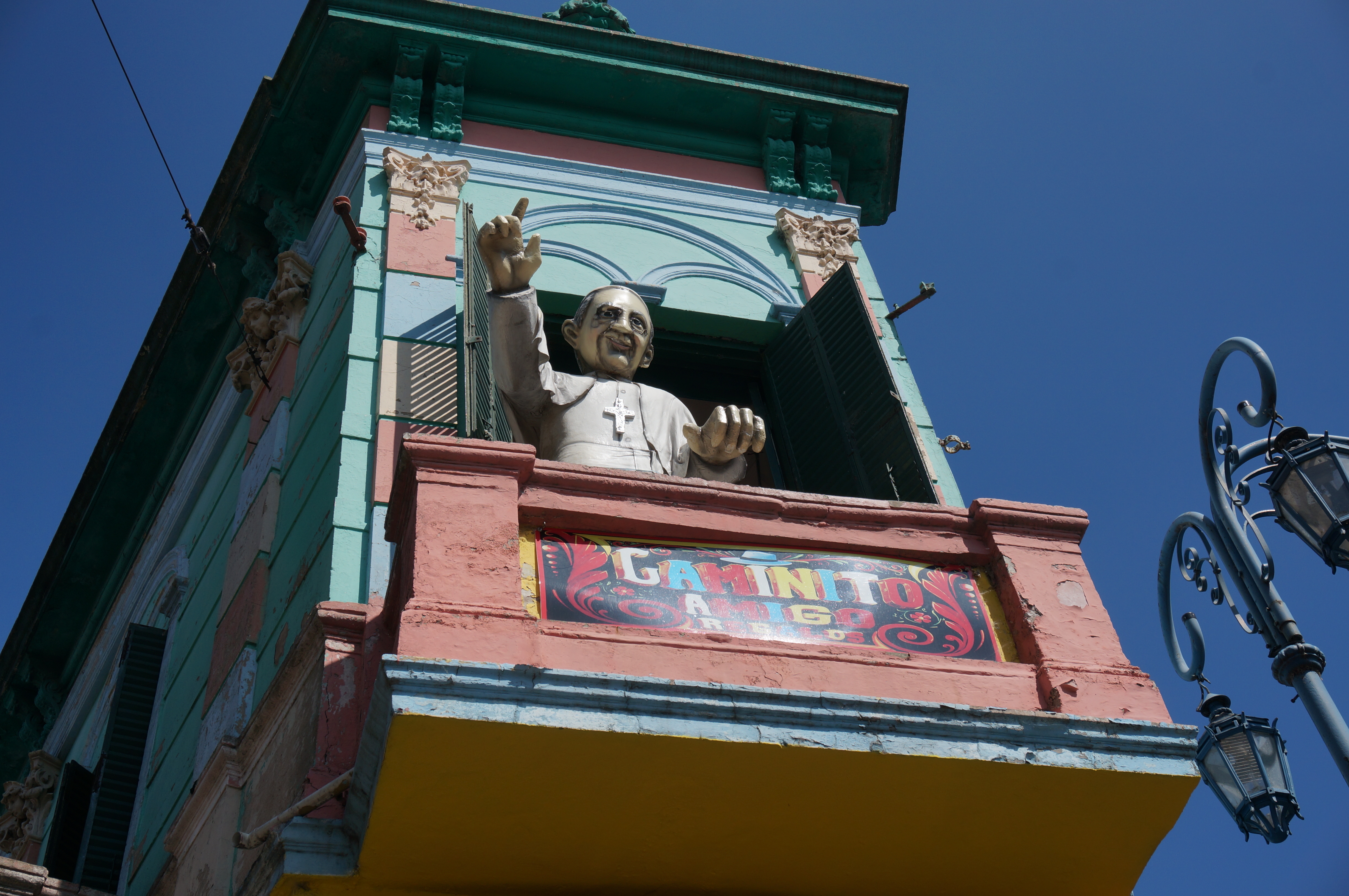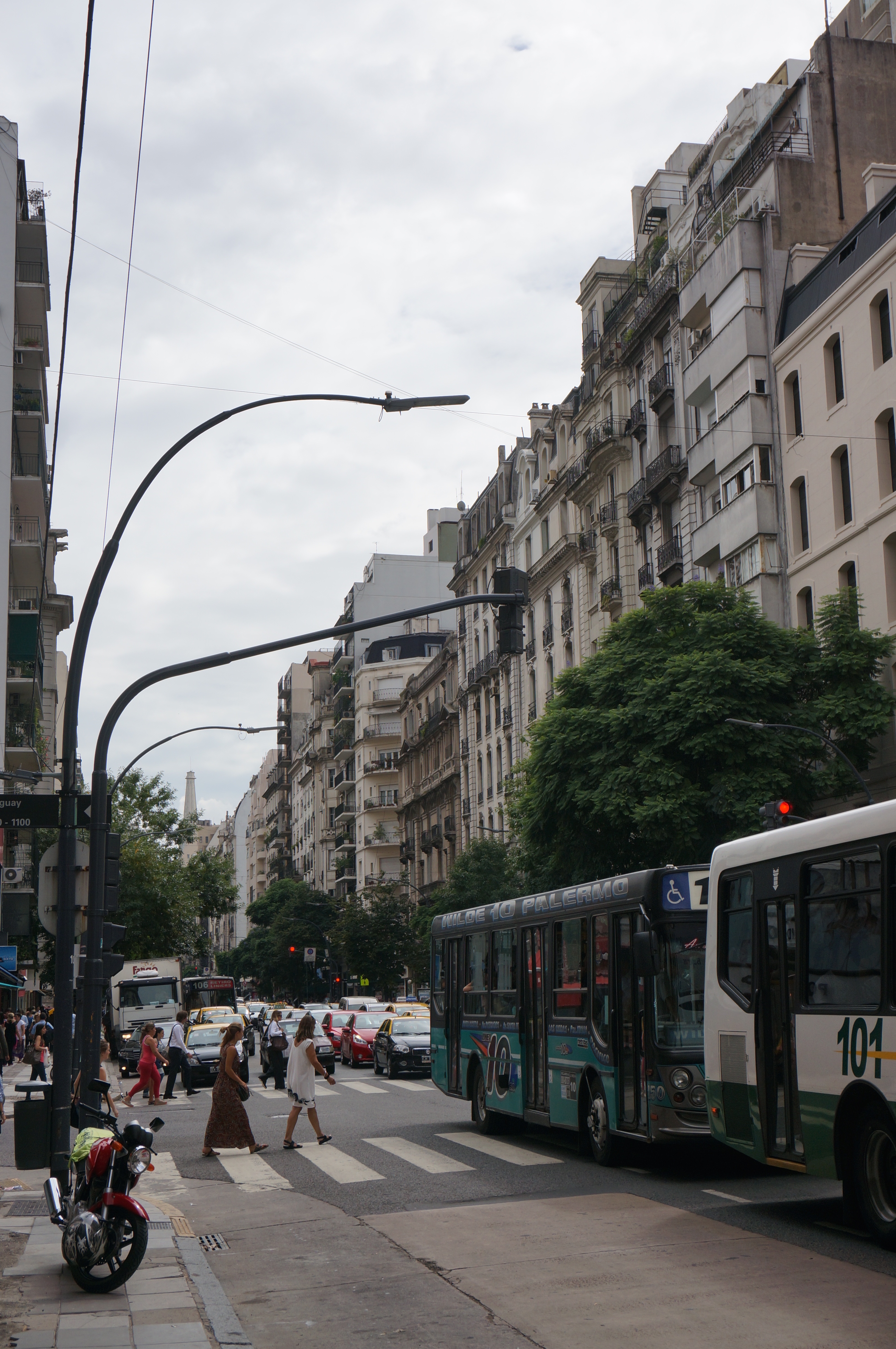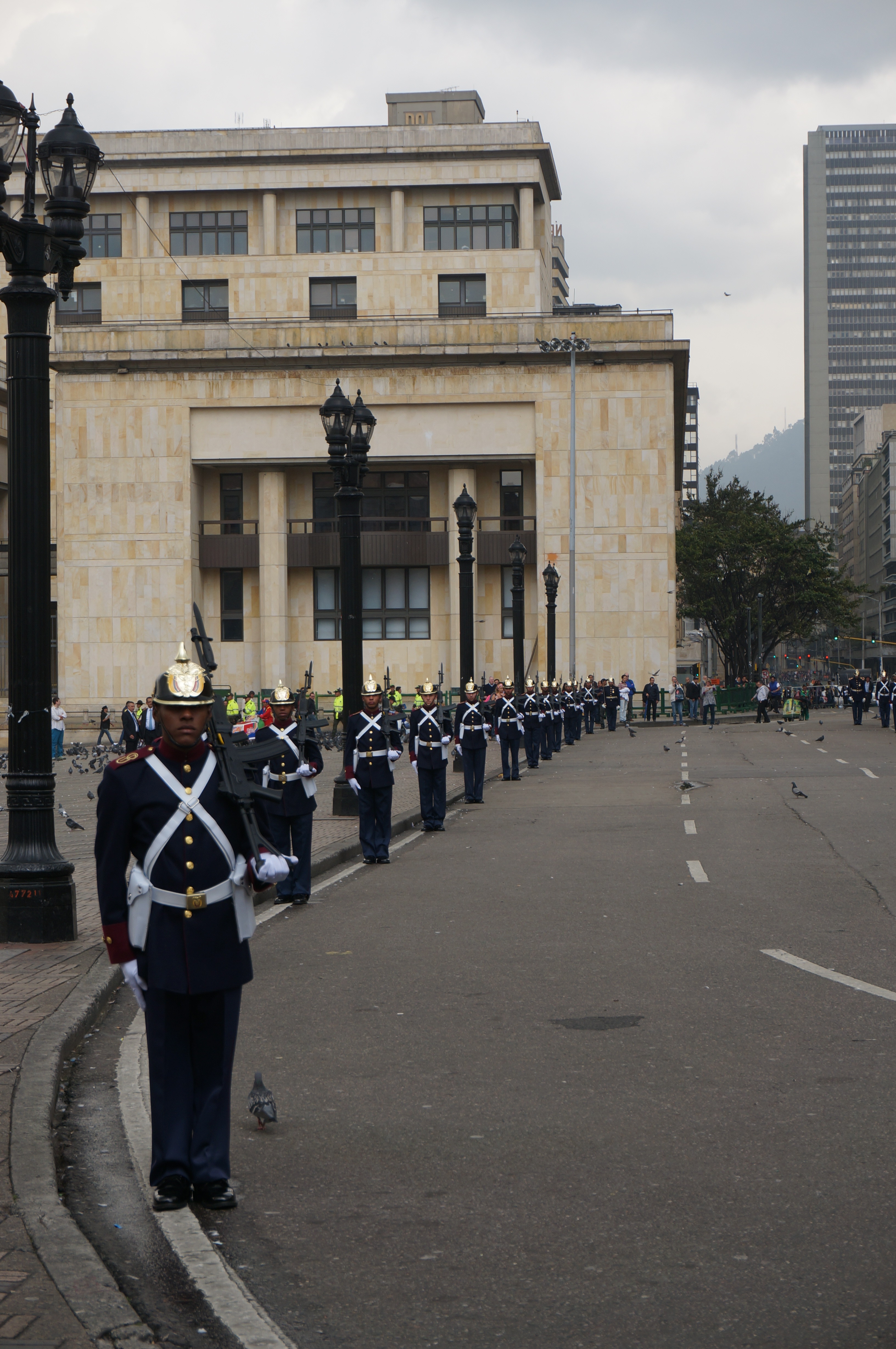State College has not prepared me for Buenos Aires.
In that small college town, trust is ubiquitous. No one checks your ticket to get into the movies. I leave my backpack and my computer on the tables of the dining halls or in a coffee shop downtown without a problem. I never keep my backpack in the front of me in case of pick pocketers. So of course, I have a lot of adjusting to do in a big city like Buenos Aires.
But the cultural change that I have the most trouble with so far is the cultural differences in transportation.
At Penn State, students, wearing headphones and looking at their phones, cross the steret without worrying about traffic. The drivers carefully stop and wait until the students cross. I always wear headphones and listen to music when I walk to class without any problems. I also ride my bicycle with headphones on during rush hour. Of course, sometimes I have to quickly stop to avoid a student, but it never is dangerous to ride by bike with headphones.
Of course, I take more care crossing the street in BA. I try to ignore a million distractions- the stores, the people, the smells, the sounds- to maintain my awareness of the traffic. I still do not know if the right of way for pedestrians exists here. Perhaps, I have only met particularly agressive drivers. For example, I have crossed the street, and the buses trying to turn onto the street I am crossing honk at me and accelerate towards me. It also seems strange to me how the lights turn from red, to yellow, to green here. There is no direct warning that the light is about to turn green in the US. When the bus drivers see this warning, they accelerate through the intersection and do not bother to wait for the light to turn green. This progression of lights makes me think of playing Mario Kart. I expect the bus drivers to get a boost for accelerating during the yellow light. Now I understand why IES prohibits any students driving or riding bikes in the street.
Even more surprising than drivers’ increased aggression is the lack of regularity and order in public transit. In State College, there is a bus stop right outside my dorm. There also is an App where I can see the location of the bus. I do not have to wait at the bus stop when it’s freezing. I can go out when I know the bus is very close. When the bus approaches the stop, I do not need to hail it down as I do in Argentina. I can also see if the bus is really far away, and if I do not want to wait, I can just walk. Of course, it’s not perfect, but yet again this experience has not prepared me for Buenos Aires.
There is also an App here, BA Como Llego (BA How I Arrive), that is a lifesaver. You only need to know your current location and your destination, and the App will tell you what line to take and the approximate duration of the trip. Key word: approximation, and do not even ask about schedules. A friend and I used the bus to travel to el Caminito, an open air museum in La Boca.
When we were done taking photos and walking around, we headed back to where we were dropped off by the bus. This bus stop was unmarked; we only knew it was a bus stop because a line of people were waiting. We waited and we waited, but the bus didn’t come. I finally asked someone if our line came here, and they said no. The bus stops changed, and we had to walk a ways to find the new bus stop. Thankfully the new one was marked. After an hour, we hailed the bus down and headed home.
Although these changes can be frustrating and overwhelming at times, I must admit that somethings are universal when it comes to transportation. For one, there are always crazy taxi drivers no matter where you go. For another, there are always strange people, doing strange things, on the bus. Also in every city, people jaywalk and don’t cross at the corner. So, no matter where you go, you’ll always have a story to share about the crazy traffic.
Location: Avenida 9 de Julio y Santa Fe Buenos Aires, Argentina





